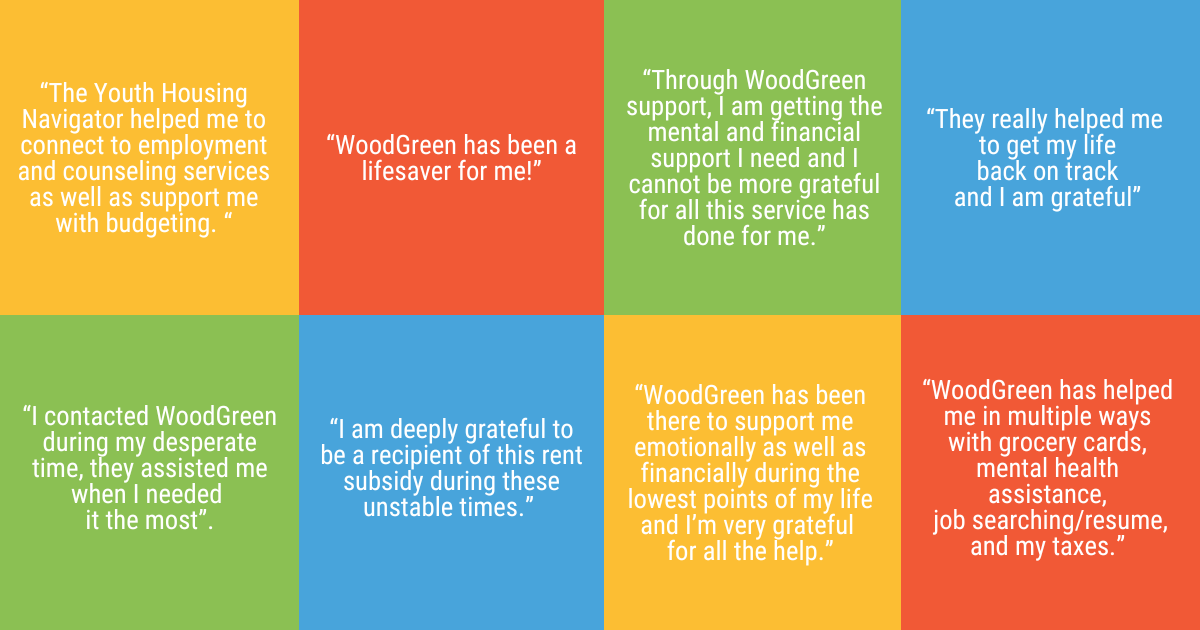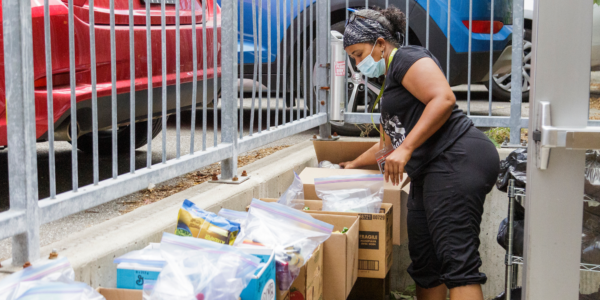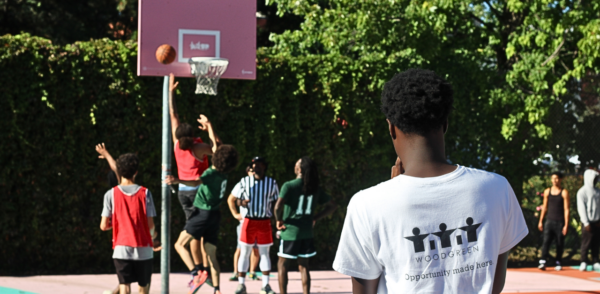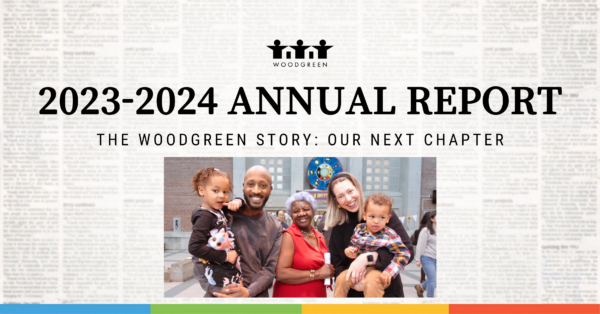Ask Zak where he’s sleeping tonight and he will shrug and tell you he doesn’t really know.
It has been like this for years, even though Zak is only 18.
“The first time I slept outside I was probably 14 years old,” says the Toronto teen. “I was so tired. I would just lay my head on the ground and I’d be out.”
Zak’s story is not unique. The number of homeless youth in Toronto is increasing. On any given night there are 2,000 young people in the city who are homeless, while many more are experiencing hidden homelessness; staying with others temporarily but with no real home.
“By grade nine, my mum would kick me out of the house for the littlest things,” recalls Zak. “So I’d be couch surfing at friend’s places as long as they’d let me, then I’d have to find somewhere else.”
Can our Youth Housing Navigator help you?
His older sister had also been kicked out of the house, and she recommended he connect with WoodGreen’s Youth Housing Navigator; a program created specifically to help young people from ever falling into what can be their first of many periods of homelessness. One in three people experiencing homelessness in Toronto reported they were younger than 16 the first time they were homeless.

Housing program supports youth ages 16 to 30
WoodGreen’s Youth Housing Navigator is a free service for Toronto youth ages 16 to 30 who are homeless or at risk of becoming homeless. It helps them find and then maintain safe, stable and affordable housing.
“We see youth from basically every walk of life,” says Will McCarty, the single staff member making up the Youth Housing Navigator at WoodGreen. In the last year alone he has helped 33 young people get off the streets and out of the shelters of Toronto and into permanent housing. He has helped twice as many avoid homelessness by teaching them how to stay in the housing they have.
“Each young person we see has different circumstances, but I’ve been learning that nine times out of 10 the fact that they’re homeless isn’t any fault of their own.”
Some have simply aged out of foster care; roughly 40 per cent of youth WoodGreen served last year came through the child welfare system. Others, like Zak, have been kicked out of their homes, while some have fled abusive homes. Still, others have become involved with gangs and are looking for help getting out.
“The first thing we do is try to find them a safe place to stay,” says McCarty. Ideally, that is a rental unit, but often it’s just somewhere for the night.
Teaching youth budgeting, job search skills
Once the youth are housed, the program teaches young people the life skills needed to stay in that housing and then works with them to find a job so they can consistently pay rent. Finally, the program ensures they’ve developed budgeting skills to hold on to their new home and the stability that comes with it.
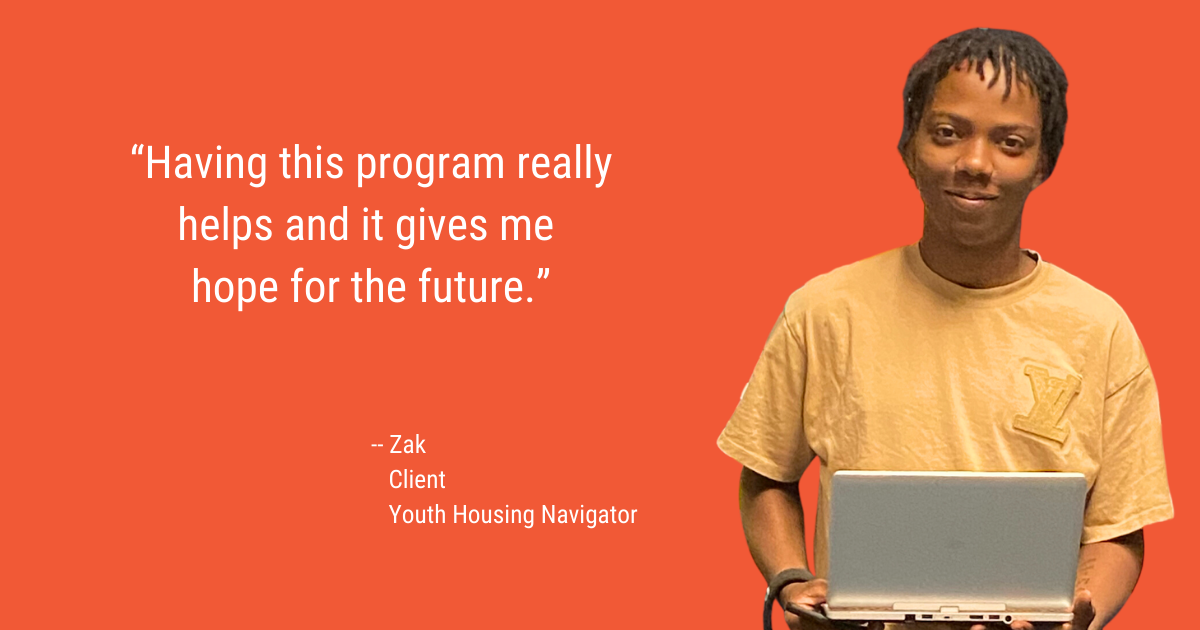
Despite his young age, stability is something Zak has rarely known. He arrived in Canada from Uganda at just nine years old, along with his mother, older sister and younger brother. Within two years, child services took the children into foster care. A year later they were back home, but that didn’t last long.
“I’ve been in and out of the house, couch surfing, street homeless, trying to get into the shelters,” he says. Finding a place to stay is a daily battle for Zak, one which he says is getting harder as Toronto descends deeper into a housing crisis.
When providing help also provides hope
However, Zak says he is trying to break this cycle of homelessness with McCarty's support.
“Will [McCarty] and I are working hard to find me a place. Having this program really helps and it gives me hope for the future.”
McCarty says he knows WoodGreen’s program makes a difference for young people in Toronto. However, he’s worried that the challenges youth face are only going to get worse in the immediate future.
“Unless we can get more housing – more affordable housing – soon, then there are going to be even more homeless youth and more need for programs like ours.”
SEE WHAT OUR CLIENTS HAVE TO SAY
